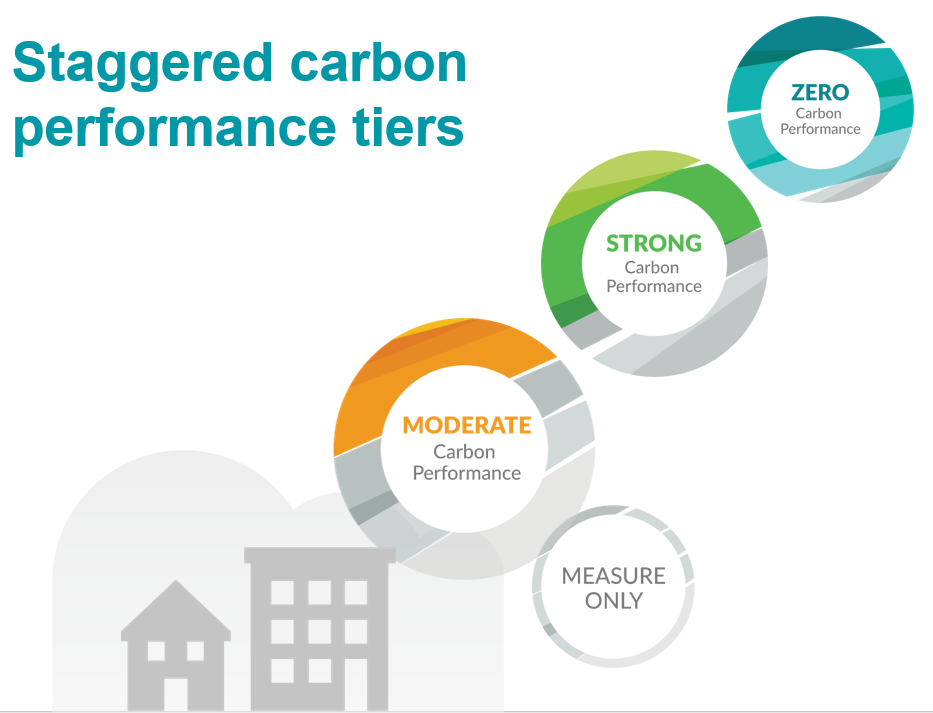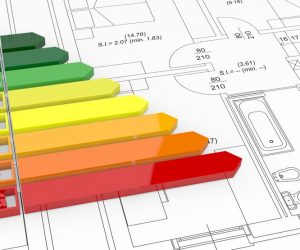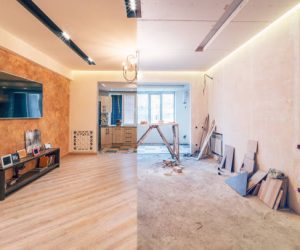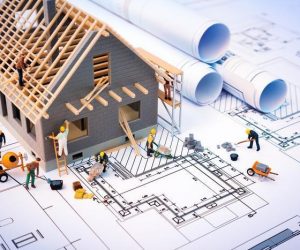Understanding the Zero Carbon Step Code: A Guide to BC Building Code Revision 5

As we stride into a greener future, the British Columbia Building Code 2018 (BCBC) is evolving with Revision 5, effective May 1, 2023. Among the significant changes is the introduction of the Zero Carbon Step Code (ZCSC), designed to reduce greenhouse gas (GHG) emissions from buildings. Let’s delve into what this means for builders, developers, and local governments.
What is the Zero Carbon Step Code?
The ZCSC is a pivotal part of BCBC Revision 5, focusing on GHG emissions reduction. It’s a roadmap towards a more sustainable built environment, encouraging energy-efficient building practices.
Key Changes in BCBC Revision 5
Additional Fuel Types
To facilitate compliance with the ZCSC, additional fuel types have been introduced for calculating operational GHG emissions:
- Propane: 0.2155 kgCO2e/kWh
- Light Fuel Oil (Standard): 0.2579 kgCO2e/kWh
- Heavy Fuel Oil: 0.2689 kgCO2e/kWh
- Diesel Fuel (Standard): 0.2581 kgCO2e/kWh
- Wood Fuel: 0.0786 kgCO2e/kWh
These factors offer flexibility, subject to the Authority Having Jurisdiction (AHJ).
District Energy Systems (DES)
For buildings connected to District Energy Systems, emission factors will be determined through AHJ and utility discussions. District energy systems are an unrestricted matter under Building Act General Regulation, with local governments advised to consult solicitors for acceptable building requirements.
Compliance Terminology and Guidelines
Understanding compliance terms is crucial:
- Principal Heating Systems: The main system designed for the building’s heating load.
- Supplementary Heating Equipment: Additional heating sources for when the main system’s capacity is exceeded.
- Redundant or Backup Equipment: Independent systems not for primary heating.
Compliance Requirements and Calculations
Compliance paths include performance or prescriptive methods.
- For Part 9 performance path, Mechanical Energy Use Intensity (MEUI) is used for calculations. Redundant/back-up systems may be excluded with controls, not intended for primary heating.
- For Part 3 performance path, City of Vancouver Energy Modelling Guidelines (CoV EMGs) are referenced, covering end uses like gas fireplaces and cooktops. The National Energy Code of Canada for Buildings (NECB) aligns with BCBC’s guidelines.
Evolution of the ZCSC
The ZCSC’s evolution addresses gaps in calculation methodologies, ensuring all systems and appliances are considered consistently. Future updates aim to refine regulations, engaging stakeholders for solutions.
Clarifying ZCSC Misconceptions
Here are facts to clear up some misconceptions:
- Not a Natural Gas Ban: The ZCSC allows natural gas in specific circumstances, focusing on decarbonizing heating and water systems.
- Restaurants: ZCSC doesn’t apply to restaurants under Group A occupancies.
- Fireplaces and Backup Heating: Not included in ZCSC compliance for Part 9 buildings, along with exterior equipment.
- Renewable Natural Gas (RNG): Some jurisdictions may allow RNG, but most haven’t for compliance due to sustainability concerns.

Embracing a Sustainable Future
The ZCSC isn’t just a regulation; it’s a commitment to sustainability. As we navigate these changes, stay informed through resources like the Local Government Best Practice Guide and Building Official’s Handbook.
Let’s embrace the Zero Carbon Step Code as a stride towards a cleaner, more sustainable future for British Columbia. For detailed compliance guidelines, refer to BCBC Revision 5 and associated resources.
Sources:
- British Columbia Building Code 2018 Revision 5
- National Inventory Report 1990-2020: Greenhouse Gas Sources and Sinks in Canada – Part 2
- Bulletin B23-01 – 20% Better Energy Efficiency & Zero Carbon Step Code
- Bulletin B23-02 – 9.36.1.3. Compliance Pathway
- Bulletin B23-03 – Zero Carbon Step Code
Stay tuned for updates on the ZCSC’s evolution, and let’s build a greener tomorrow together.




